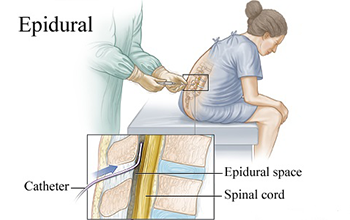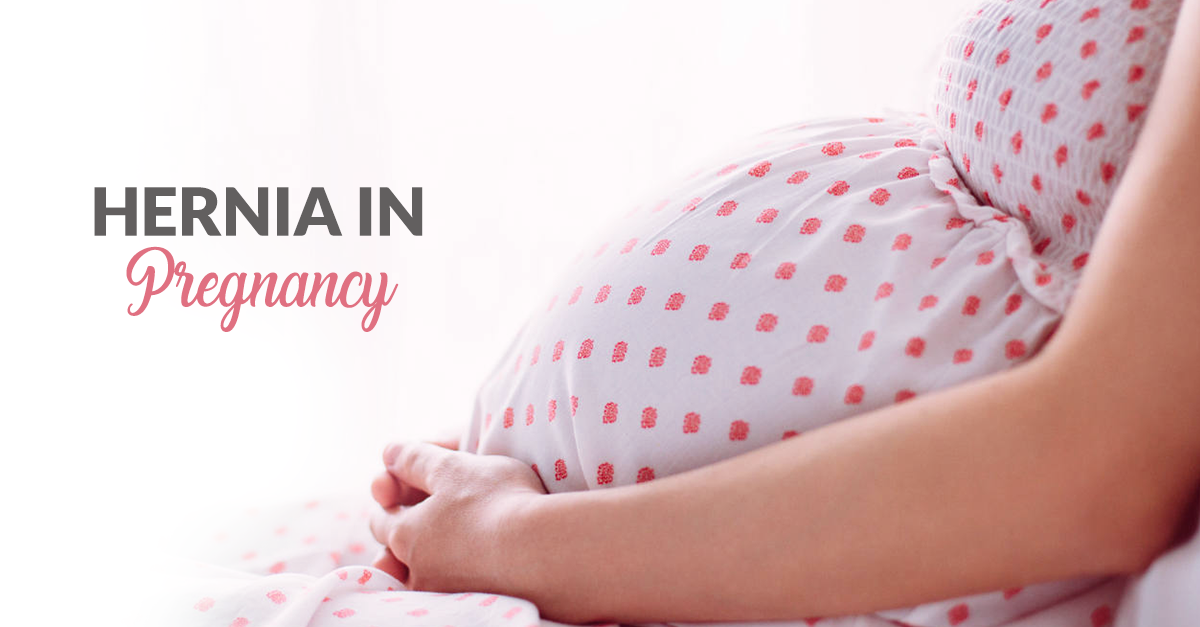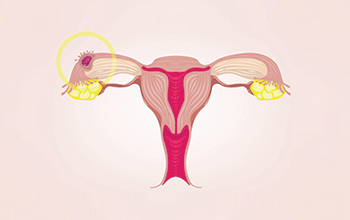Motherhood can be considered to be one of the most beautiful experiences in a woman’s life. It is important to ensure mother??s health is taken care of that will eventually result in growth and development of the fetus. Regular antenatal care will assure a healthy and safe delivery for the mother. If adequate steps are not taken in ensuring the health of the mother and the fetus high risk concerns may set in.
What is considered a High-Risk Pregnancy?
Pregnancy can be considered as high risk if there are potential complications that could affect either you, your baby, or both. These cases require special intervention by experts and specialists to ensure that the best possible outcome occurs for both the mother and the baby. Unforeseen illnesses or preexisting diseases can complicate the pregnancy, which, in turn, puts you and your baby at risk.High-Risk Pregnancy Factors
These are some of the factors that can classify a pregnancy as a high-risk pregnancy-- Teenage pregnancy and Pregnancy above the age of 35.
- Women with previous history of repeated pregnancy losses, previous preterm delivery, previous history of preeclampsia (increase blood pressure with edema). History of gestational diabetes in the previous pregnancy or any other medical disorder including psychiatry illness.
- History of placenta praevia, antepartum bleeding, preterm premature rupture of membranes also come under high risk category.
- Women with preexisting conditions like Hypertension, Diabetes mellitus, Cardiac disease, Anemia, Blood Dyscrasia, Haemoglobinopathy, Platelet disorders and Liver problems.
- Women with a history of thromboembolism (obstruction of a blood vessel by a blood clot that has become dislodged from another site in the circulation), strokes, myocardial infarction.
- Some women who have autoimmune diseases, thyroid, other endocrine disorders, renal disorders
- Lifestyle choices like smoking cigarettes, drinking alcohol, substance abuse and obesity.
- Women with neurological problems like epilepsy, brain tumours, multiple sclerosis, cerebral venous thrombosis and psychiatric illness.
What You Can Do to Ensure a Safe Delivery
If you are expecting a baby or want to have one in the future, there are some guidelines to be followed for a safe, healthy pregnancy and delivery-- Schedule a preconception appointment ?? if you are trying to conceive, make sure that you consult your healthcare provider. If you have a medical condition or have recently been diagnosed with one, your treatment might need to be adjusted to prepare for the pregnancy.
- Seek prenatal care regularly ?? prenatal visits can help your healthcare provider in monitoring your health and your baby’s health.
- Have a healthy diet – you??ll need more folic acid, calcium, iron and other essential nutrients during pregnancy. A daily dosage of prenatal vitamins can help as well.
- Gaining the right amount of weight can support the health of your baby and make it easier to shed the extra pounds after your delivery.
- Opt for a tertiary centre as all the specialty doctors at that centre will be available and that will be beneficial to both the mother and the baby.
- Avoid risky substances such as cigarettes and drugs. Make sure that you consult your healthcare provider before you start or stop taking any medications or supplements.
Specific Symptoms to Look Out For
If you have the following signs or symptoms during your pregnancy period, be sure to consult your doctor-- Vaginal bleeding
- Decreased fetal activity
- Pain or cramps in the lower abdomen
- Watery vaginal discharge in a gush or a trickle
- Regular or frequent contractions ?? a tightening sensation in the abdomen area
- Pain or burning during urination
- Changes in vision, including blurred vision
- Persistent headaches


 Toll Free Number
Toll Free Number
















